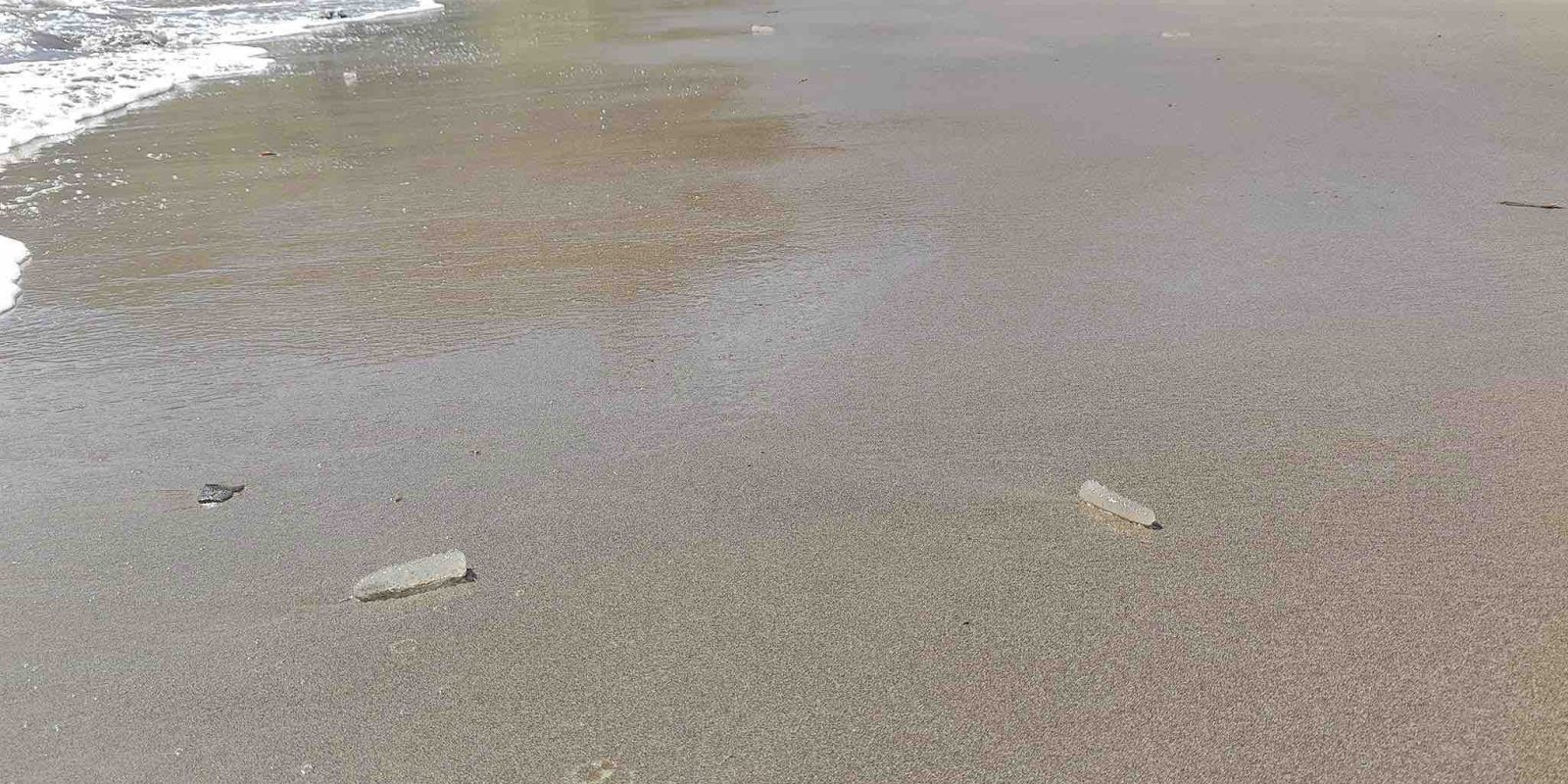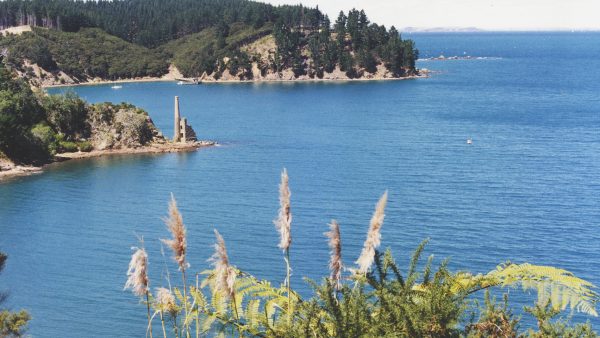A curious congregation: Pyrosomes, the luminescent sea pickles of Boulder Bay, reveal the marvels of marine life on Great Barrier Island’s shores. Photo / Richard Wallace
The Great Barrier Island community has been taken by surprise with a flurry of strange-looking objects washed ashore at Boulder Bay. The peculiar entities, initially met with speculation and a sprinkle of humor about extraterrestrial arrivals, turn out to be a marine phenomenon known as pyrosomes, often playfully termed “sea pickles.”
Curiosity was piqued when Richard Wallace shared images of his discovery during a low-tide walk, sparking a wave of guesses ranging from the extraterrestrial to the amusing. Yet, amidst the playful banter, a consensus emerged: these were not ordinary beach findings. Jay Stockman was among the first to suggest the possibility of pyrosomes, a term that steered the conversation towards marine biology rather than science fiction.
“Pyrosomes? Sea pickle” he wrote.
Unlike jellyfish, pyrosomes don’t sting; instead, they offer a glimpse into communal life of the ocean depths. The sea pickles are colonies of hundreds to thousands of individual organisms, living together in a gelatinous tube that can grow several meters long.

The texture and form of pyrosomes, described by Marea Gorter as “soft-ish and watery” underscore their uniqueness. Despite their delicate appearance, they maintain their structure even out of water.
Vicky Kyan noted the sightings at the southern end of Kaitoke beach as well.
“There has been a lot on the north east coast of NZ this year” Wayne Banks added.
The presence of pyrosomes on Great Barrier Island is more than just an oddity; they thrive in warmer waters according to NIWA, suggesting that their appearance might be related to rising sea temperatures—a hint at bigger environmental shifts brought about by climate change.







